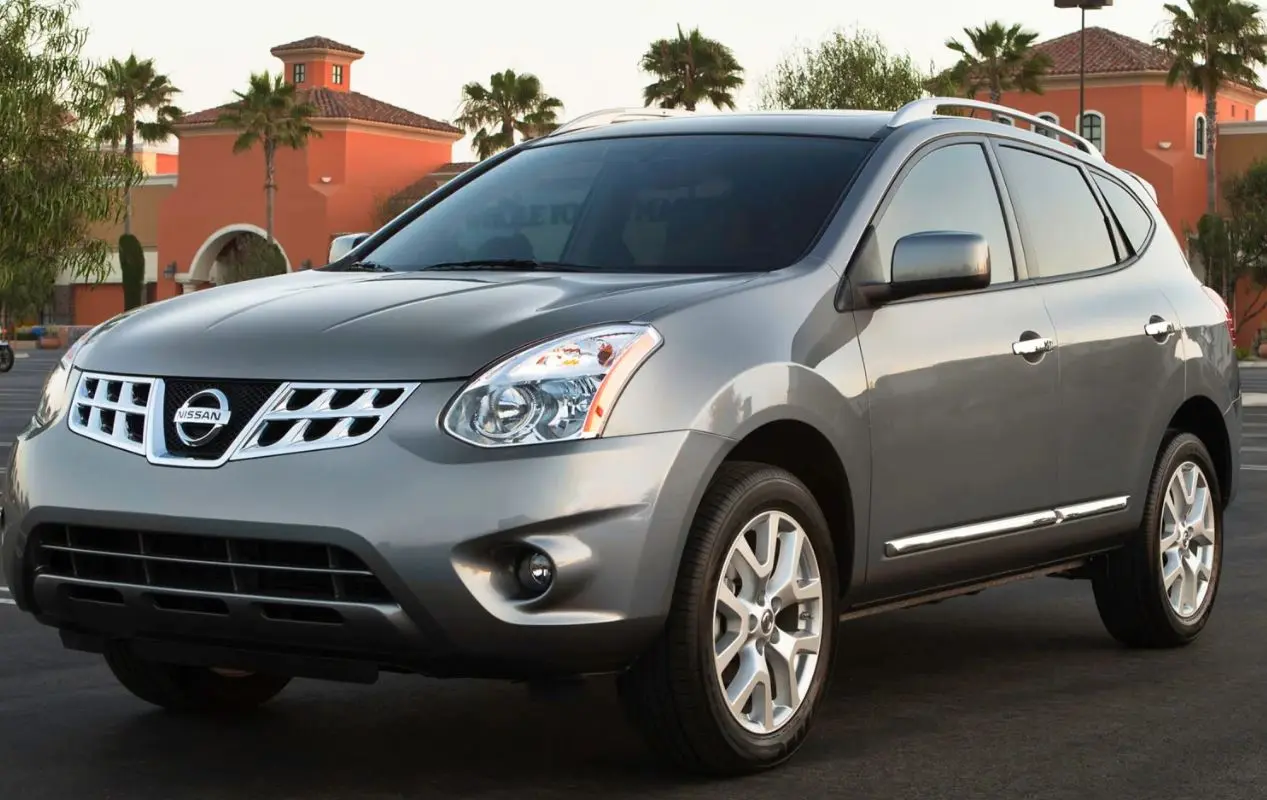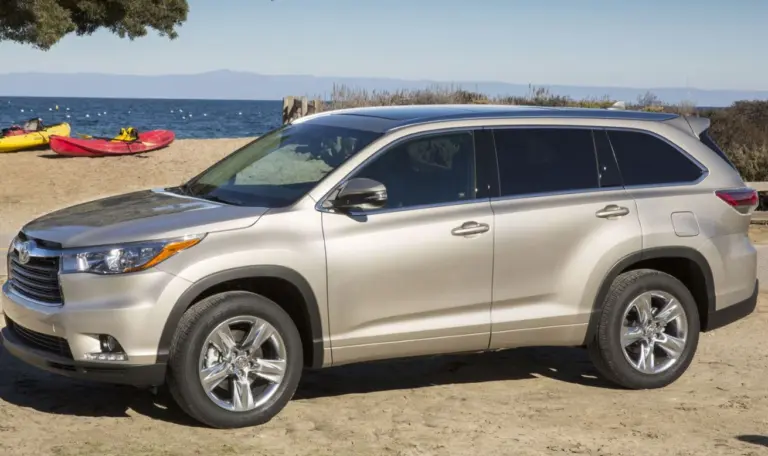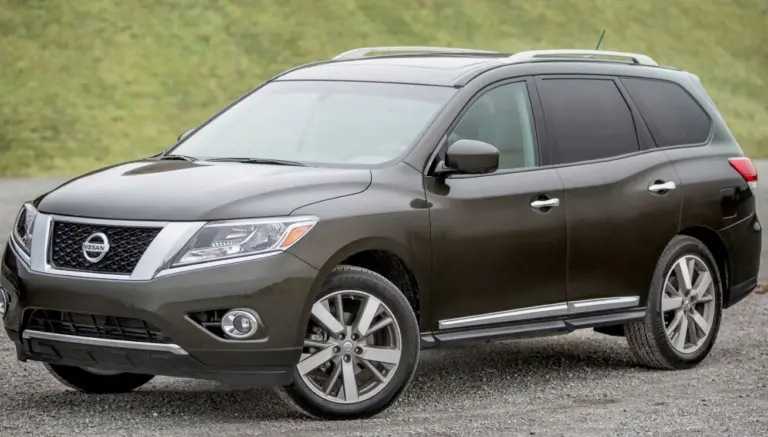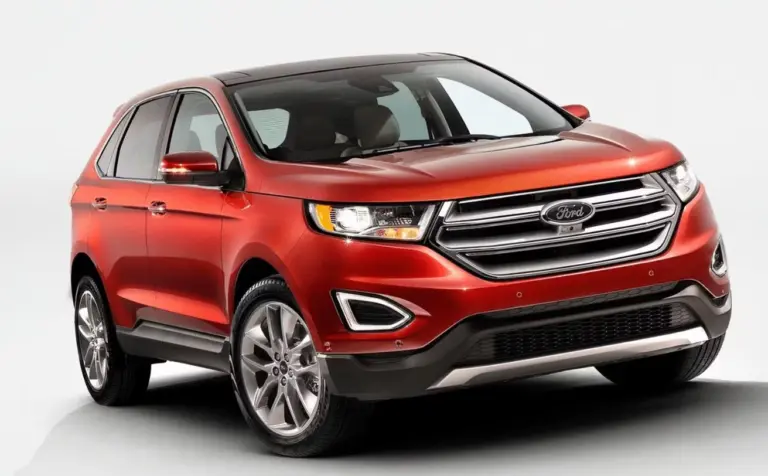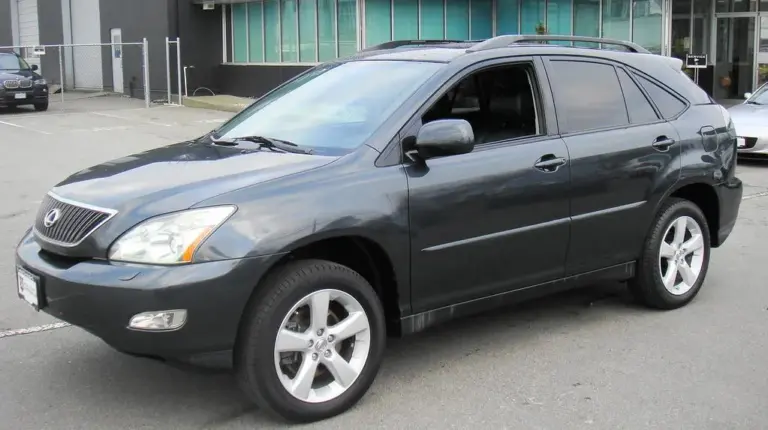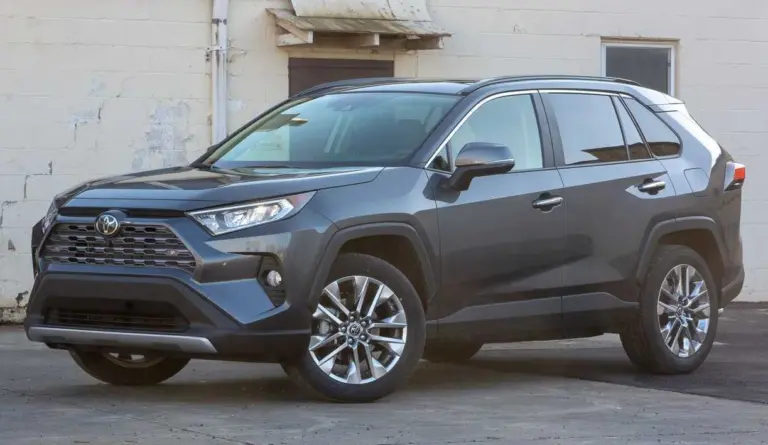Nissan Rogue Years to Avoid (Updated)
The Nissan Rogue has been a popular compact SUV since its introduction in 2008. However, like any vehicle, some model years have proven more reliable than others.
If you’re in the market for a used Nissan Rogue, it’s crucial to know which years to steer clear of to avoid potential headaches and costly repairs. Let’s examine the Nissan Rogue years to avoid and the common issues associated with these problematic models.
Nissan Rogue Years to Avoid
Before we discuss specific model years, let’s take a look at a comprehensive overview of the Nissan Rogue years to avoid and their associated problems:
| Model Year | Major Issues |
|---|---|
| 2008 | CVT problems, electrical issues, excessive road noise |
| 2010 | Persistent transmission troubles, suspension issues, fuel gauge malfunctions |
| 2011 | Powertrain issues, safety rating decline, high maintenance costs |
| 2013 | Acceleration problems, transmission failures, sunroof issues |
| 2014-2016 | CVT problems, air conditioning failures, interior accessory issues |
| 2018 | Forward collision avoidance system problems, brake issues |
| 2021 | Early engine concerns, potential engine failure |
2008 Nissan Rogue
As the debut year for the Nissan Rogue, 2008 models faced several teething problems. The most significant issue was with the continuously variable transmission (CVT). Owners reported jerky performance, overheating, and sudden power loss. Some CVTs required complete replacement as early as 70,000 miles, with repair costs often exceeding $3,000.
Additionally, 2008 Rogues suffered from electrical issues, including malfunctioning sensors and faulty air conditioning systems. Many drivers also complained about poor cabin insulation, resulting in excessive road noise.
2010-2011 Nissan Rogue
The 2010 and 2011 model years continued to experience transmission troubles. Drivers frequently reported CVT overheating, particularly during long drives or in stop-and-go traffic. This often triggered a “limp mode,” reducing power to prevent further damage but leaving many drivers stranded or struggling to maintain highway speeds.
The 2011 model year saw a significant increase in powertrain complaints, with 634 different NHTSA complaints filed. Safety ratings also declined for this model year, and annual maintenance costs averaged around $839, higher than many other years.
2013 Nissan Rogue
The 2013 Nissan Rogue is often considered one of the worst model years. It was plagued with numerous NHTSA issues, including loss of power during acceleration, unexpected shutdowns while driving, grinding noises at startup, and persistent check engine light problems.
Despite these issues, Nissan only issued one recall for the 2013 model, focusing on the transmission. Some customers also reported problems with the newly introduced moonroofs, including rattling noises and even cases of exploding sunroofs, leading to a class-action lawsuit.
2014-2016 Nissan Rogue
The 2014-2016 model years continued to experience CVT problems, with many owners reporting jerking, hesitation, and complete transmission failures. These years also saw issues with air conditioning units and interior accessories.
A recall was issued for 2014-2016 Rogues due to problems with the lift gate. The support struts for the rear lift gate were at an increased risk of eroding over time, potentially leading to sudden failure and injury if the lift gate unexpectedly fell.
2018 Nissan Rogue
While the 2018 Rogue saw fewer transmission problems compared to earlier models, it introduced new concerns. The most prevalent issue was with the forward collision avoidance system. Many owners reported false alarms or failure to detect obstacles, raising concerns about the reliability of the SUV’s safety features.
Some drivers also reported problems with the brakes, including instances of sudden, unintended braking while driving. This issue could potentially lead to accidents, making it a significant safety concern.
2021 Nissan Rogue
The 2021 model year, despite being a complete redesign, has faced troubling early engine concerns. Reports have emerged of metal shavings in the oil, which can lead to premature engine wear and eventual failure. This issue has prompted an investigation by the National Highway Traffic Safety Administration (NHTSA) as of late 2023.
While it’s too early to determine the full scope of the problem, it’s a significant concern for potential buyers. Engine failures are among the most expensive repairs a vehicle can face, often costing upwards of $5,000.
Common Problems Across these Model Years
While each model year has its specific issues, several problems are common across multiple Nissan Rogue generations:
- CVT Issues: The continuously variable transmission has been a persistent problem for many Rogue model years. Symptoms include jerking, hesitation, overheating, and complete failure.
- Electrical Problems: Many Rogue owners have reported issues with electrical systems, including malfunctioning sensors, infotainment glitches, and problems with advanced safety features.
- Engine Concerns: From early models to the latest generations, various engine-related problems have been reported, ranging from loss of power to potential engine failure.
- Suspension Issues: Some model years have experienced premature wear on struts and shocks, leading to costly replacements.
- Air Conditioning Failures: Multiple generations of the Rogue have faced problems with their air conditioning systems, particularly in hot weather.
Frequently Asked Questions (F.A.Q)
Q1. Which Nissan Rogue years are the most reliable?
While we’ve focused on the years to avoid, it’s worth noting that some Nissan Rogue model years have performed well. The 2017, 2019, and 2020 models have received fewer complaints and are generally considered more reliable options.
Q2. Has Nissan addressed the CVT issues in newer models?
Nissan has made efforts to improve its CVT technology in recent years. However, some owners of newer models still report transmission-related issues. It’s always advisable to research the specific model year you’re interested in and consider extended warranty options.
Q3. Are there any recalls for the Nissan Rogue?
Yes, several Nissan Rogue model years have been subject to recalls. These include issues with the lift gate struts, rear passenger doors, and ignition switches. Always check the NHTSA website for the most up-to-date recall information for any vehicle you’re considering.
Q4. How can I check if a used Nissan Rogue has had its recall issues addressed?
You can check a vehicle’s recall status by entering its Vehicle Identification Number (VIN) on the NHTSA’s recall lookup tool. Additionally, a Nissan dealership can provide information on whether recall work has been completed on a specific vehicle.
Q5. Should I avoid all Nissan Rogues from the mentioned problematic years?
While these years have had more reported issues, not every vehicle from these model years will necessarily have problems. However, it’s crucial to be extra cautious when considering these models. Always get a thorough inspection from a trusted mechanic and review the vehicle’s maintenance history before making a purchase.
Wrapping Up
When shopping for a used Nissan Rogue, being informed about problematic model years can save you from potential headaches and costly repairs. While the 2008, 2010-2011, 2013-2016, 2018, and 2021 model years have shown more issues than others, it’s important to remember that individual vehicles can vary.

